The History Behind the Egyptian Pyramids Explained In 5 Minutes

Despite the fact that Egypt is home to many ancient wonders, one cannot turn away from the pyramids, which act like massive magnets pulling our interest towards them like selfish “living” stone structures not willing to share the attention bestowed upon them.
For centuries have explorers, academics and tourists looked upon the pyramids with amazement, and the pyramids looked back at them with proudness; after all, these monuments of stone have survived the test of time, and there are no grander monuments than the Pyramids themselves.
The Great Pyramid of Giza is the most impressive of them all. Believed to have been built in around two decades, the builders led by royal Vizier Hemiunu made use of a staggering 5.5 million tons of limestone, 8,000 tons of granite (imported from Aswan), and 500,000 tons of mortar to complete the Pyramid.
The successful completion of the Great Pyramid marked the peak of Egyptian pyramid architecture, as never again would such a pyramid be constructed in Egypt.
However, the journey to a successful Great Pyramid started not two decades, but several hundred years before.
The First Stone Pyramid of Egypt
Mainstream Egyptologists argue that the first stone pyramid of Egypt is that of Djoser.
Often referred to as the Step Pyramid of Saqqara, the four-sided, six-tier Pyramid is one of ancient Egypt’s most revolutionary structures. This monument, which marked the start of a pyramid-building fever in Egypt, is thought to have been built in the 27th century B.C. when King Djoser ruled over Egypt.
Known as kbhw-ntrw in Egyptian, once completed, the Pyramid stood around 65 meters into the air. Considered a proto-pyramid, Djoser’s ancient wonder is regarded among scholars as the earliest large-scale cut stone construction in Egypt, despite the fact that a nearby structure called Gisr el-Mudir predates it by decades. Nonetheless, the Step Pyramid is of great importance not only because it is the first Pyramid, but because it completely revolutionized ancient Egyptian architecture. Completed in around 19 years, historians argue that King Djoser lived long enough to see his master plan come to life. When the Pyramid was explored and opened in modern times, Djoser’s mummy was nowhere to be found.
The above-ground elements of Djoser’s pyramid complex are breathtaking, but what lies beneath the Pyramid is even more.
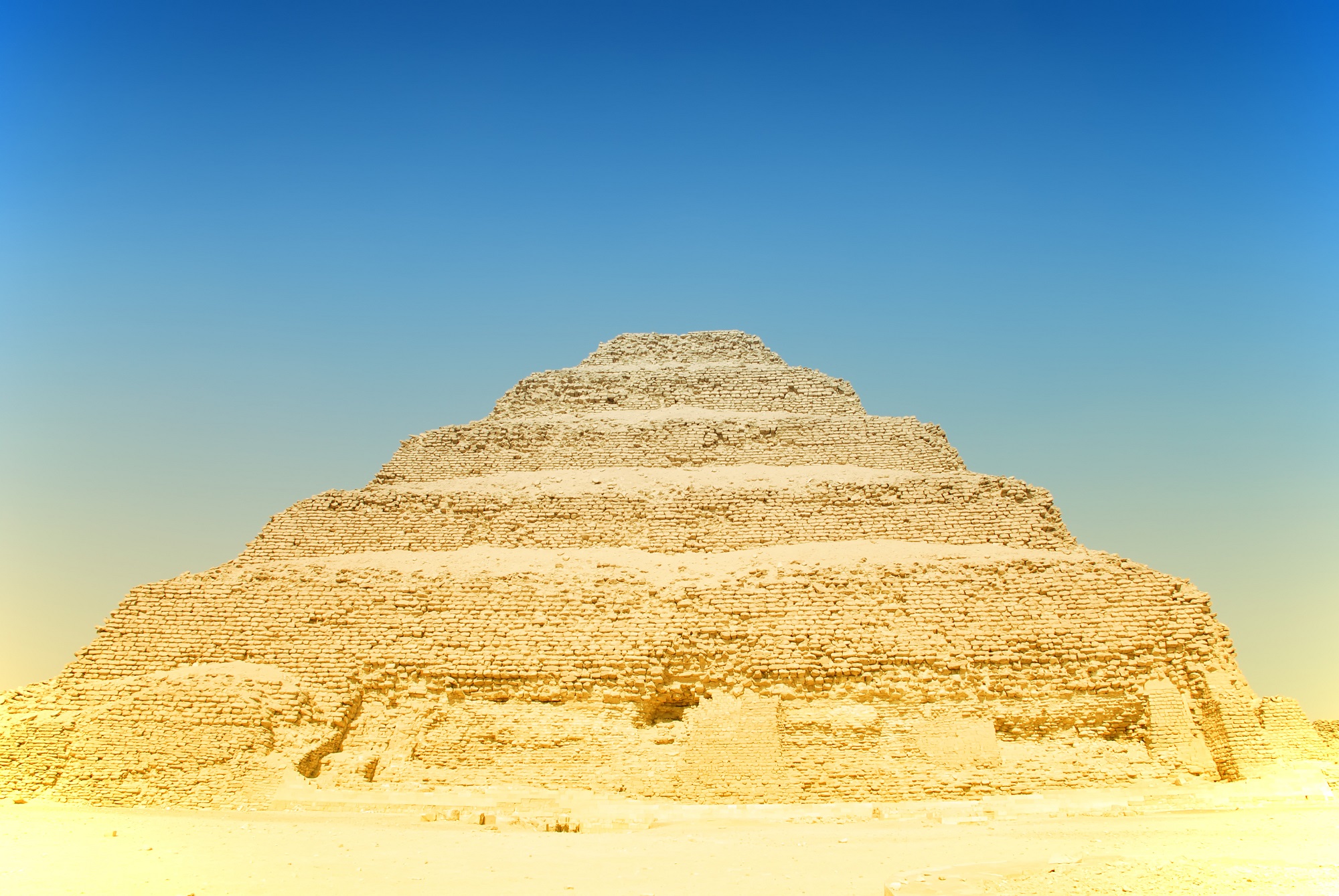
Before laying the foundations of the square mastaba that would eventually be expanded into the Pyramid we see today, the builders dug a shaft some 28 meters into the bedrock. This shaft was later expanded into a subterranean world, covering approximately 5.7 kilometers in length.
Never again in the history of Egypt would such a massive subterranean world be built. In fact, although it might be expected that a long line of similar structures followed after Djoser’s, never again would a Step Pyramid in the shape of Djoser’s be completed in Egypt. A few third Dynasty Pharaohs tried but failed in their attempt to build the Pyramid.
The Fourth Dynasty Pyramid boom
Everything changed once again with the birth of the Fourth Dynasty when Sneferu took the throne of ancient Egypt. Sneferu would once again revolutionize ancient Egyptian architecture, just as Djoser did several generations earlier.
Egyptologists attribute several pyramids to Sneferu. In fact, he is considered the greatest pyramid builder in the history of ancient Egypt, successfully building three “major” pyramids; the Pyramid at Meidum and the Bent and Red Pyramid and Dahshur.
As revealed by Mark Lehner in his book “The Complete Pyramids of Egypt,” the truly gigantic stone pyramids of Egypt were built over the course of only three generations; Sneferu, Khufu, and Khafre. If Sneferu built the Meidum pyramid—which he likely did—then his pyramids alone contain more than 3.5 million cubic meters of stone.
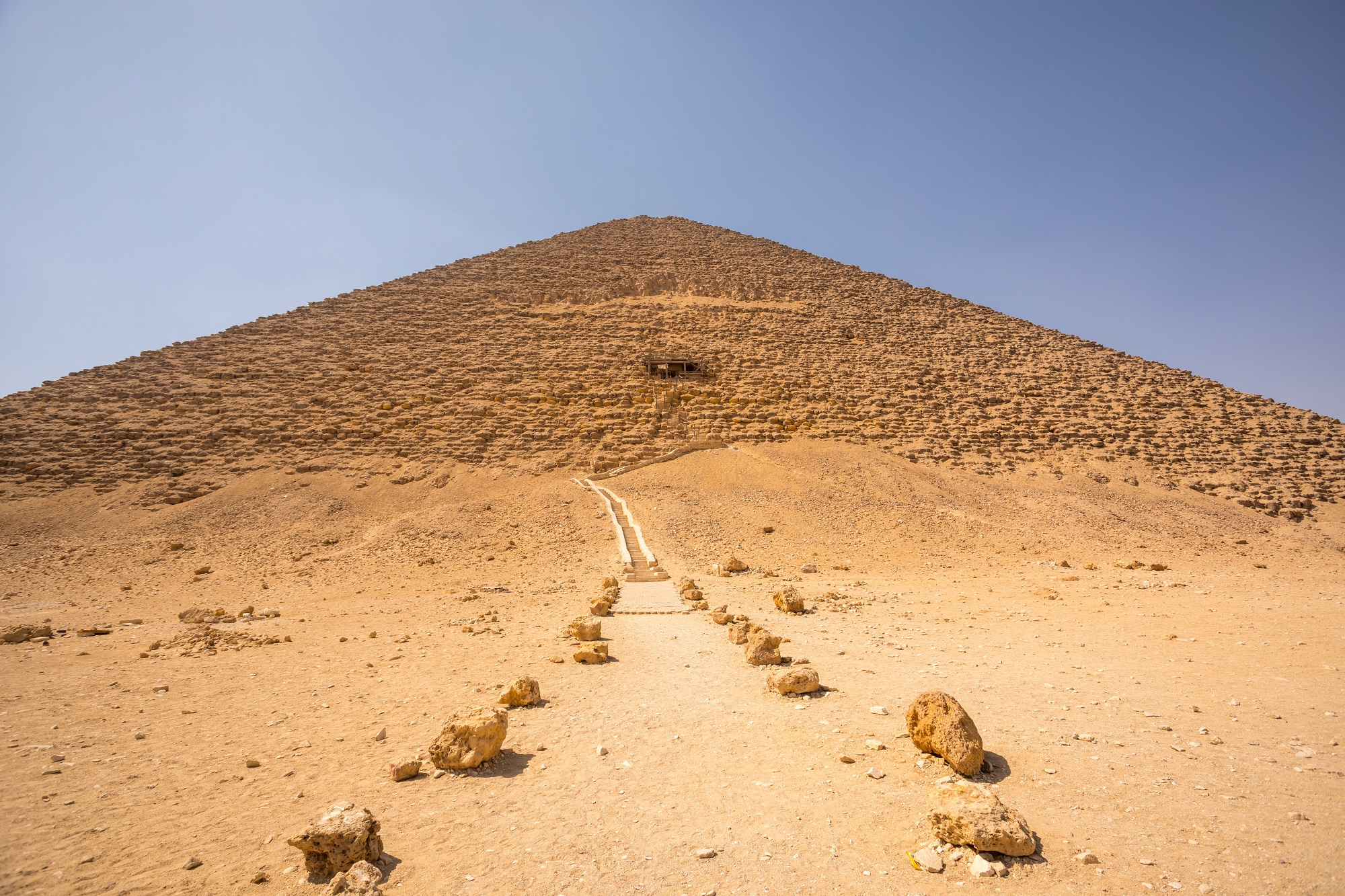
All the other ancient Egyptian pyramids combined—including satellite pyramids and queens’ pyramids—contain only forty-one percent of the total mass of the pyramids of Sneferu, his son Khufu and grandson Khafre.
Although Menkaure still used multi-ton blocks in the construction of his Pyramid, the total volume of the monument is less than that of Djoser.
Sneferu’s Bent Pyramid and Red Pyramid directly influenced future pyramid buildings in Egypt. It is believed that the Pyramid at Meidum was a kind of experimental structure where the architects attempted to turn a step pyramid into a smooth-sided one. They failed in their attempt at Meidum, but did a much better job at Dahshur with the Bent Pyramid.
This Pyramid rises from the desert bedrock at a 54-degree inclination. This was obviously too steep, and the Pyramid likely began showing structural difficulties. That’s what from the top section, just above 47 meters, the builders continued building the Pyramid at a much shallower angle of 43 degrees, giving it its obvious bent appearance.
The builders learned from their experience at the Bent Pyramid. Eventually, they would go on and build the Red Pyramid, which is regarded as Egypt’s first successful attempt at constructing a true, smooth-sided pyramid. The Red Pyramid—also known as the North Pyramid—is ancient Egypt’s third-largest Pyramid, after the Great Pyramid of Giza and Khafre’s Pyramid.
The Red Pyramid is thought to have directly influenced the construction of the Great Pyramid, laying down the foundations for its completion.
The Great Pyramid and what followed
Sneferu’s son is credited with building the Greatest Pyramid in Egypt. Although its construction remains shrouded in mystery and its origins being anything but clear, the Pyramid attributed to Khufu is the most incredible Pyramid ever built in Egypt and marked the peak of Egyptian pyramid building.
Thought to have been completed in no more than two decades, the builders used around 2.3 million blocks of strong to complete it. The Pyramid’s weight has been estimated at around 6 million tons. Although the tallest in Egypt, standing at 138.8 meters (455 ft) (contemporary), it isn’t the largest on Earth. The largest Pyramid on the planet is believed to be the Great Pyramid of Cholula in present-day Mexico.
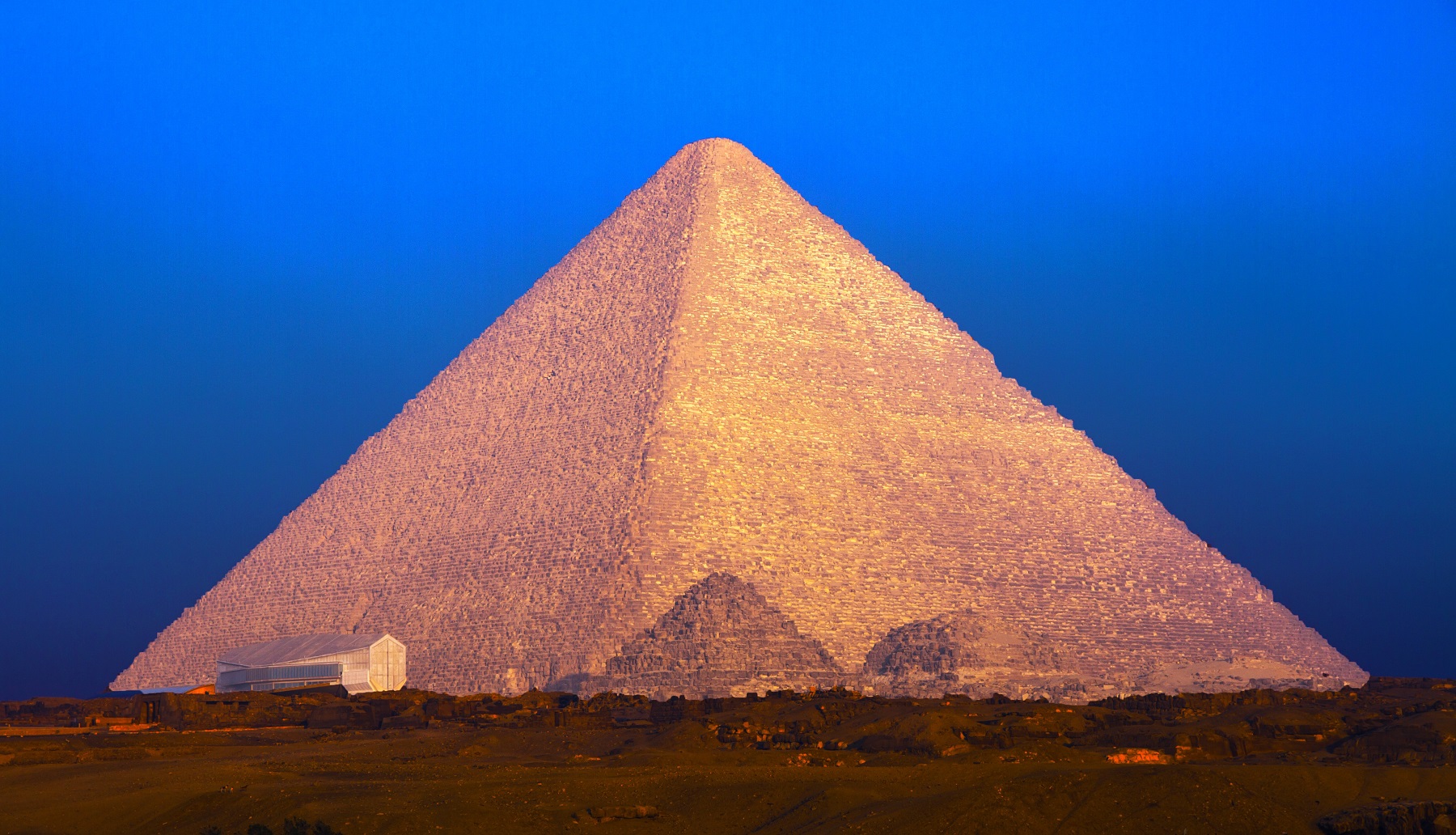
The Great Pyramid of Giza remained the tallest structure on the surface of the planet for around 3,800 years. All pyramids that followed it were lesser when looking at the general picture.
Khufu’s Pyramid was succeeded by that of king Khafre, and it is the second-largest Pyramid in Egypt, and one of the few that retains most of its upper casing stones.
Thought to have been completed around 2,532 B.C., the Pyramid rises up to a height of 126 meters, although it may have stood at around 144 meters when it was completed. This monument sits on a bedrock 10 meters above the Pyramid of Khufu, which is why it appears to be taller than the latter.
Khafre’s Pyramid was first explored in modern times in 1818 when Giovanni Belzoni entered it through its original entrance on the northern side.
Khafre’s Pyramid was the last of Egypt’s greater pyramids. The third Pyramid at the plateau was built by Menkaure, and even though the Pyramid was built with multi-ton stones, it is nowhere near as massive as its neighboring two pyramids.
The Pyramid was just about the same height as the first Egyptian Pyramid, standing at around 65 meters. With a total volume of 235,183 cubic meters, the Pyramid is even smaller than that of Djoser.
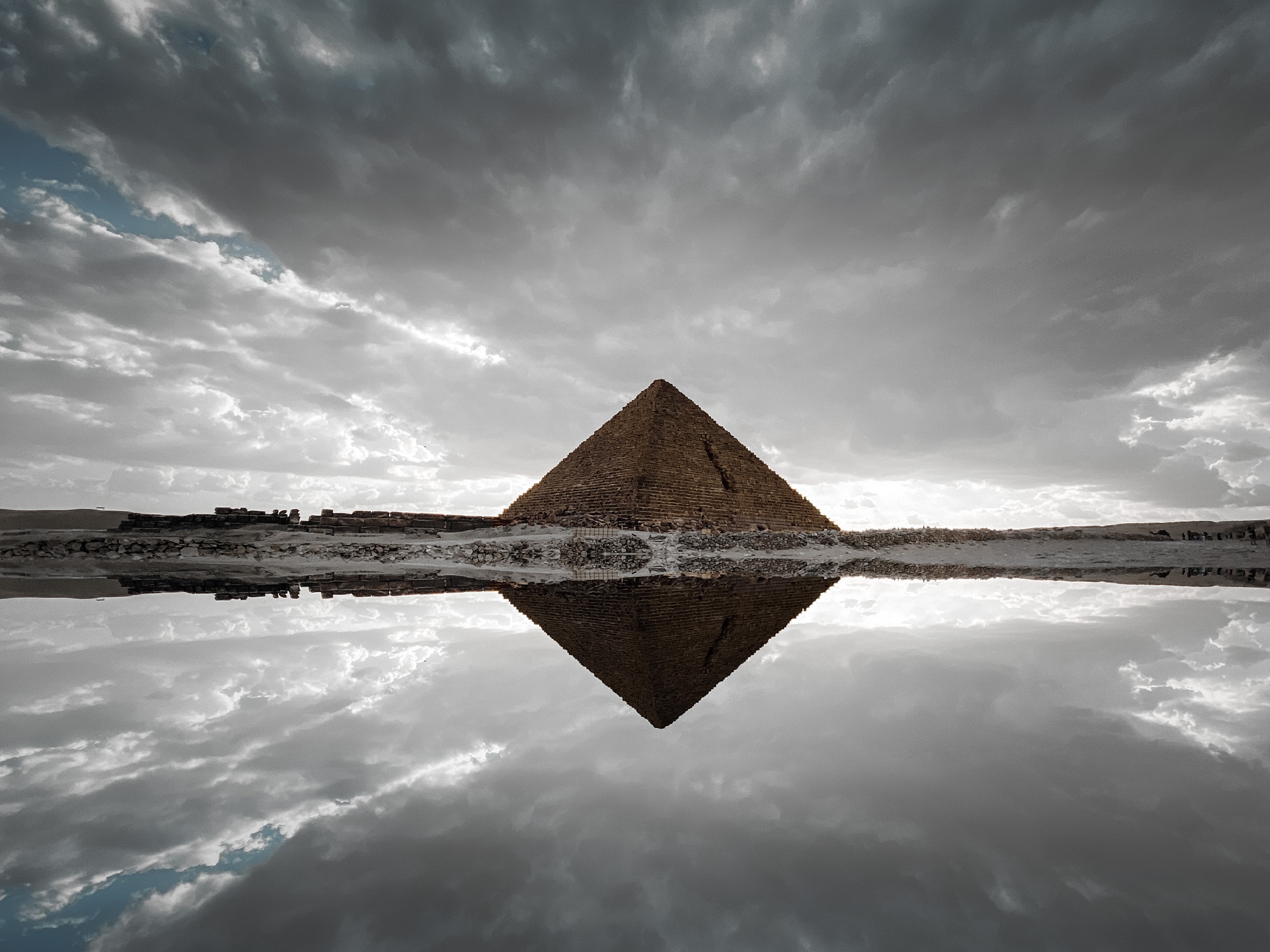
It is noteworthy to mention that several pyramid projects were started after Khufu, namely that of Djedefre, which is in ruins, and the Unfinished Northern Pyramid of Zawyet el’Aryan. None of these pyramids are thought to have been completed.
Following the successful completion of Menkaure’s Pyramid, the next generations of Pharaohs built more than 30 pyramids, all of which are mostly in ruins, barely recognizable as pyramids at all.
The last Pyramid in Egypt was that of Pharaoh Ahmose I. Curiously, this Pyramid, thought to have been completed in the 18th Dynasty of ancient Egypt, was not built as a tomb but as a cenotaph. Today, only a pile of rubble remains of the Pyramid, evidence of the lesser materials that were used in the pyramid constitution following the completion of Menkaure’s Pyramid at Giza.
I find it very curious that after Menkaure’s Pyramid, the materials used in the building of the Pyramid were lesser and lesser, almost as if the people that built some of the greatest pyramids on Earth during previous generations suddenly and abruptly lost interest in the structures.
Eventually, in the New Kingdom, pyramids were forgotten, and Pharaohs turned towards the Valley of Kings, forgetting the might and imposing statue of the pyramids built by their ancestors.[:]
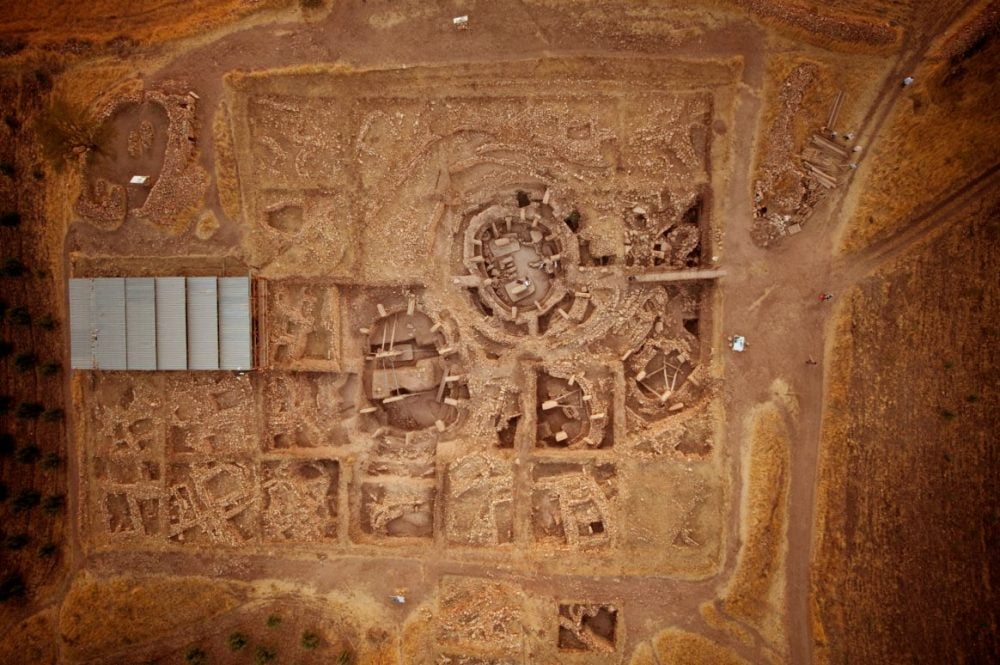



4 Comments